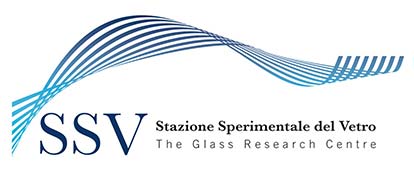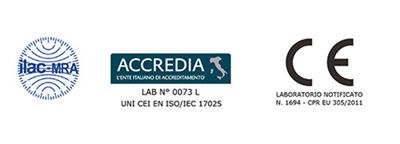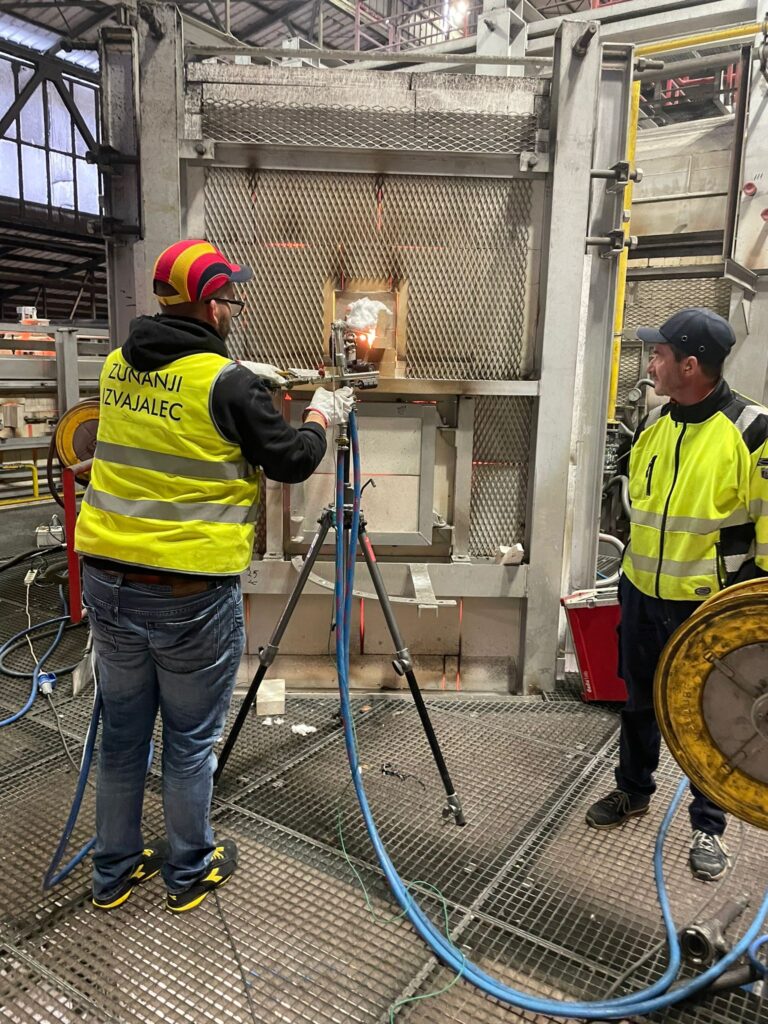 | 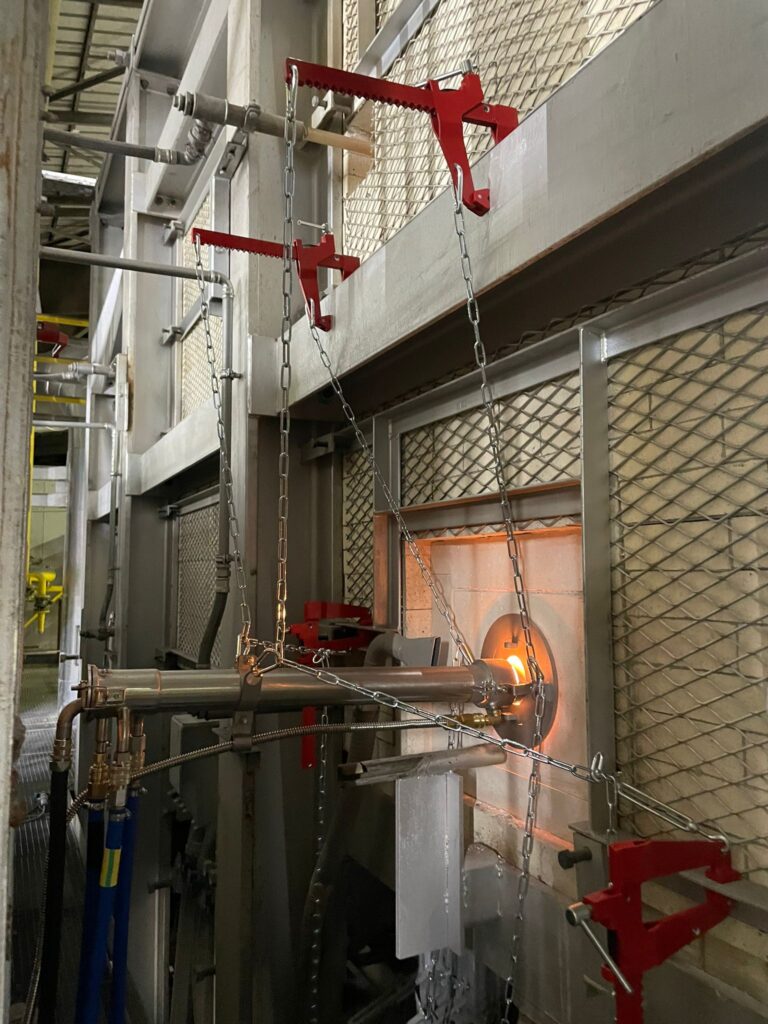 | 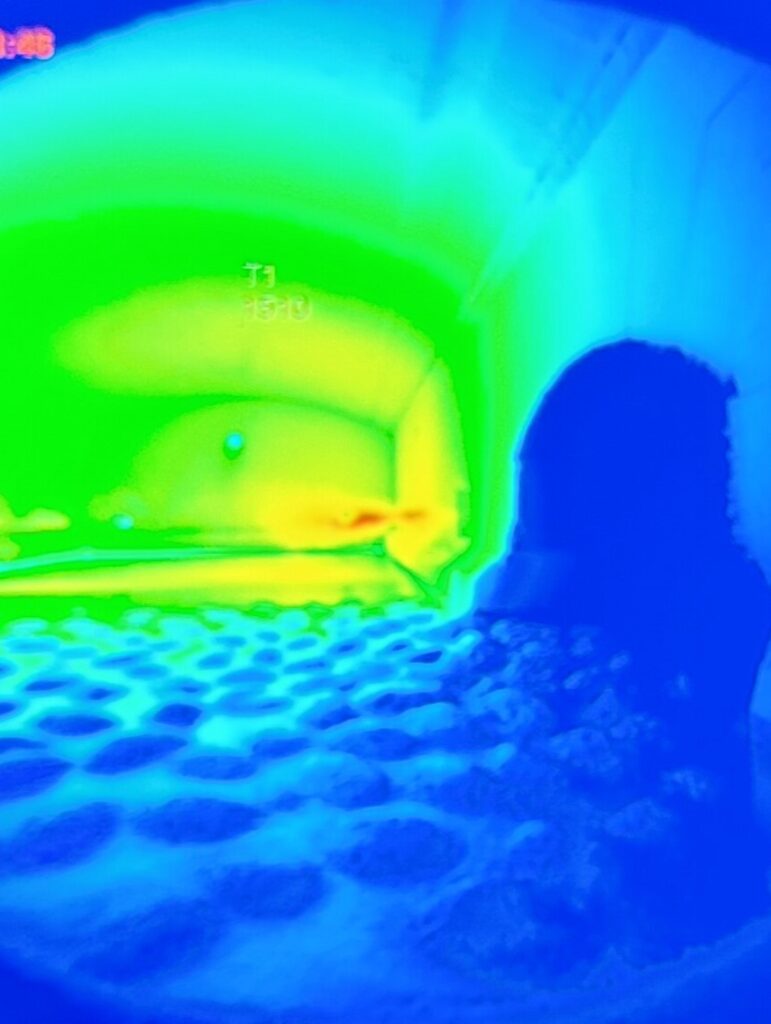 |
Within the framework of the Horizon Europe H2GLASS Project, from the 20th of November to the 1st of December 2023, Stazione Sperimentale del Vetro has taken part to the first two weeks of experimental campaigns of preliminary H2 combustion trials performed in the industrial demonstrator site of Steklarna Hrastnik.
The tests took place on an oxy-fuel fired furnace producing high quality flint glass for the manufacture of premium beverage containers, mainly destined to the spirits market segment, and were aimed at assessing the impact of the combustion of various H2/Natural Gas blends on the gaseous emissions, on glass quality and on the energy transfer by flames to the melt and raw materials.
The trials involved feeding to 2 burners (out of 6 total) at a time fuel mixtures ranging from 0% to 100%, H2, that is experimenting combustion configurations where H2 accounted for up to the 60% in volume of the total fuel input, thus contributing up to 33% of the total power required for glass melting, which translates into an equivalent up to 33% reduction in direct combustion CO2 emissions.
During the trials, SSV carried out simultanous multiparametric emission measurements in several points of the furnace system, deploying its MCM – Multipoint Continuous Monitoring approach to glass furnace behavior characterization, to assess the impact of increasing H2 concentrations in fuel on combustion and production.
The trials were successful both from the analytical point of view, with a great wealth of data being gathered regarding flue gases composition and temperatures, furnace batch and melt temperature distribution, energy consumption and efficiency, etc, and from production as well as
In the words of Tilen Sever, Director of Development, Technology, and Innovation of Steklarna Hrastnik: “The combustion efficiency with hydrogen was comparable to that of natural gas firing. Crucially, the use of hydrogen had no significant impact on the refinement and discoloration of the glass, enabling to maintain product quality within established technological limits”.
The experimental data are being elaborated and analyzed in depth right now, and the main results are expected to be disseminated by SSV at the upcoming glass science and technology conferences during this and next year.
